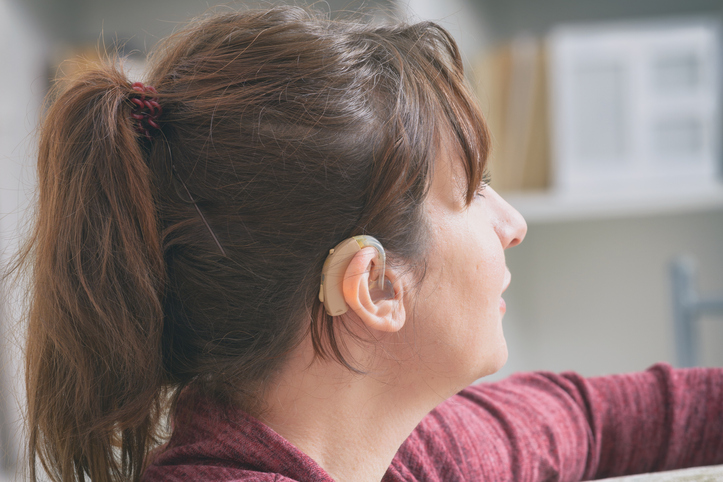Your Guide to Understanding Assistive Listening Devices & How They Can Help You
In a world filled with constant noise and bustling environments, those with hearing impairments often face significant challenges in communication and participation. Assistive Listening Devices (ALDs) have emerged as powerful tools to bridge this gap, offering individuals with hearing loss the opportunity to engage more effectively with the world around them. In this guide, we’ll explore what ALDs are, how they work, and the various types available, highlighting their potential to enhance quality of life.
Table of Contents
What Are Assistive Listening Devices?
Assistive Listening Devices are technological solutions designed to help individuals with hearing impairments overcome the limitations of their condition in various listening environments. Unlike hearing aids, which are primarily focused on improving overall hearing, ALDs aim to amplify specific sounds and reduce background noise, making it easier for users to hear speech and other relevant sounds.
How Do Assistive Listening Devices Work?
ALDs operate on the principle of capturing, enhancing, and delivering sound directly to the listener. They consist of three main components: a microphone to pick up sound, a transmitter to process and transmit the sound, and a receiver to deliver the enhanced sound to the user. The user typically wears a receiver, which can be integrated into hearing aids or cochlear implants, or it can be a separate device like headphones or neck loops.
Types of Assistive Listening Devices
- FM Systems: Frequency Modulation (FM) systems use radio signals to transmit sound from a microphone worn by the speaker to a receiver worn by the listener. This is particularly useful in situations where the speaker and listener are at a distance from each other, such as classrooms or lecture halls.
- Infrared Systems: These systems use infrared light to transmit sound. They are ideal for places like theaters or cinemas, where radio signals might interfere with other equipment. However, they require a direct line of sight between the transmitter and the receiver.
- Induction Loop Systems: Induction loops consist of a loop of wire that generates a magnetic field. This field is picked up by a telecoil (T-coil) in the user’s hearing aid or cochlear implant, effectively turning it into a customized wireless receiver. This is often used in venues with a loop system installed, such as churches or public transportation.
- Bluetooth & Wireless Systems: These ALDs connect to devices like smartphones, televisions, or computers via Bluetooth or other wireless technologies. They stream audio directly to the user’s hearing aids or headphones, allowing for a personalized listening experience.
- Personal Amplifiers: These small devices have a microphone that captures sound and transmits it wirelessly to the user’s hearing aids or headphones. They are portable and can be used in various settings, such as one-on-one conversations or group discussions.
How Assistive Listening Devices Can Help
- Improved Speech Intelligibility: ALDs help filter out background noise, delivering clear and amplified speech to the user. This enhances communication and reduces the effort required to understand conversations.
- Enhanced Social Participation: By enabling users to actively engage in conversations, ALDs promote social interactions and reduce feelings of isolation.
- Accessibility: ALDs make public spaces, events, and gatherings more accessible for individuals with hearing impairments, ensuring they don’t miss out on important information or experiences.
- Educational Benefits: ALDs are especially valuable in educational settings, allowing students with hearing loss to follow lectures and classroom discussions effectively.
- Workplace Productivity: ALDs can improve communication in the workplace, helping individuals with hearing impairments excel in their careers.
Choosing the Right Assistive Listening Device
Selecting the right ALD depends on factors such as the user’s specific needs, the listening environments they encounter, and their personal preferences. Consulting with an audiologist or hearing healthcare professional is crucial to determine the most suitable device and setup.
Overall, assistive Listening Devices play a pivotal role in breaking down barriers for individuals with hearing impairments. By leveraging technology to enhance auditory experiences, these devices empower users to connect, communicate, and engage with the world around them. If you or someone you know is grappling with hearing loss, exploring the world of ALDs could be a transformative step towards a richer, more inclusive life. Understanding Assistive Listening Devices

